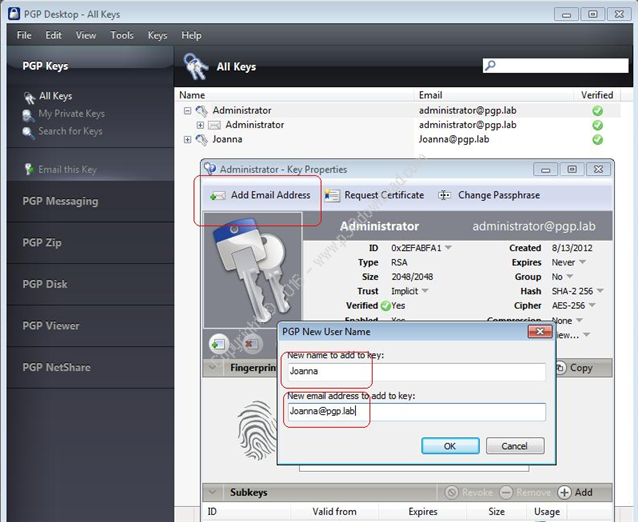

Thus, when copying folders, it's best to always check that the folder copy resulted in the new folder having the visual lock icon. Under certain conditions the folder may not retain its encryption policy file. When you copy a protected folder, all the files in the folder will retain their protection.

Thus it is a best practice to work within protected folders. If you move a file to a non-protected folder then the file will retain its protection on copy but some applications will decrypt the file after you make modifications (examples are: Word, Excel and PowerPoint, these application work with a temporary file that results in the final save being unencrypted). While all the files are protected, you will also want the folder to be protected. If you wish to move or copy a protected folder to a new area, you must first protect the destination folder to ensure continued folder protection. Question 1: When do my files retain protection?Īnswer: Whenever you work within a protected folder your files will retain their protection.


 0 kommentar(er)
0 kommentar(er)
